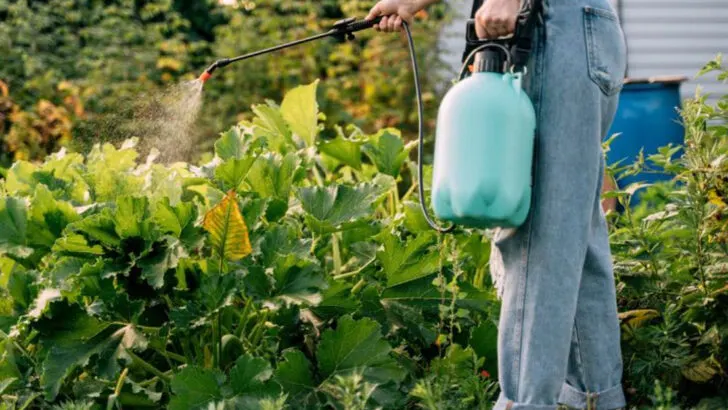When time is short and the sun is blazing, it’s tempting to cut a few corners in the garden. The good news? Some gardening shortcuts not only save you time—they can actually improve your plants’ health and boost your harvests. The trick is knowing which ones help, and which are just myths that cause more harm than good.
From faster watering methods to clever planting tricks using everyday objects, these shortcuts are perfect for gardeners who want to work smarter, not harder. Many of them come from seasoned growers who’ve figured out how to beat the heat, save their backs, and still enjoy beautiful results.
But not all shortcuts are created equal. We’ll also flag 3 common tricks that sound smart but could backfire—leading to pests, poor growth, or wasted effort. Read on to discover what’s worth trying, and what to avoid if you want your garden to thrive.
Composting with Kitchen Scraps
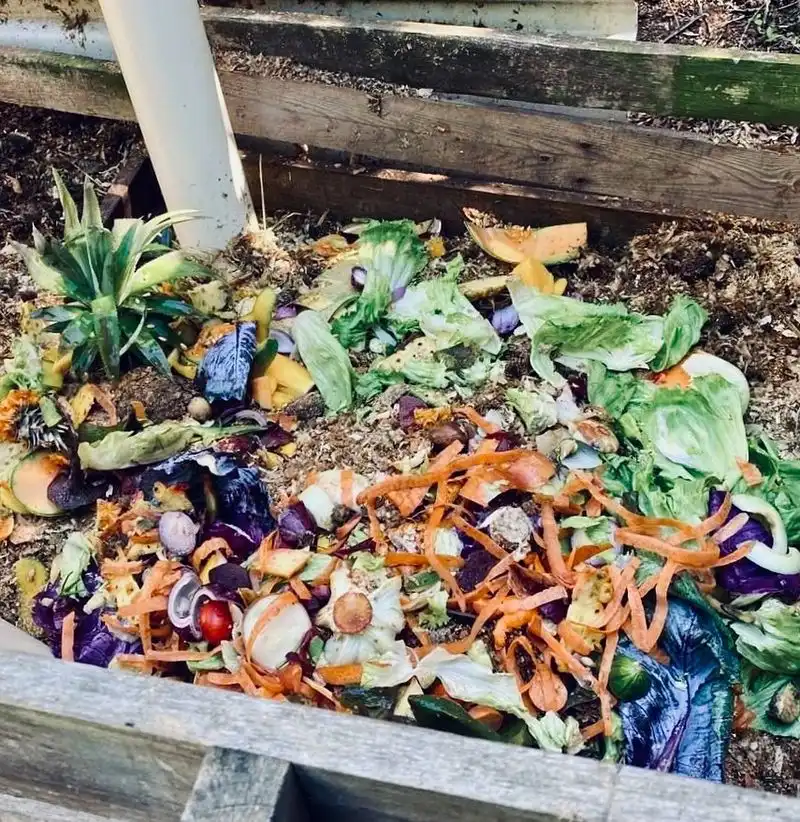
Transforming kitchen waste into nutrient-rich compost is an eco-friendly way to enrich soil. This shortcut not only reduces household waste but also provides plants with essential nutrients. Keep a small bin for scraps like fruit peels and coffee grounds. Over time, these decompose naturally, making your garden bloom with vitality.
Many novice gardeners find composting intimidating, fearing odors or pests. However, with the right balance of green and brown materials, these concerns are easily managed. This sustainable practice is both effective and fulfilling, turning everyday waste into garden gold. Regularly turning the pile accelerates the process, offering quick returns.
Using Coffee Grounds as Fertilizer
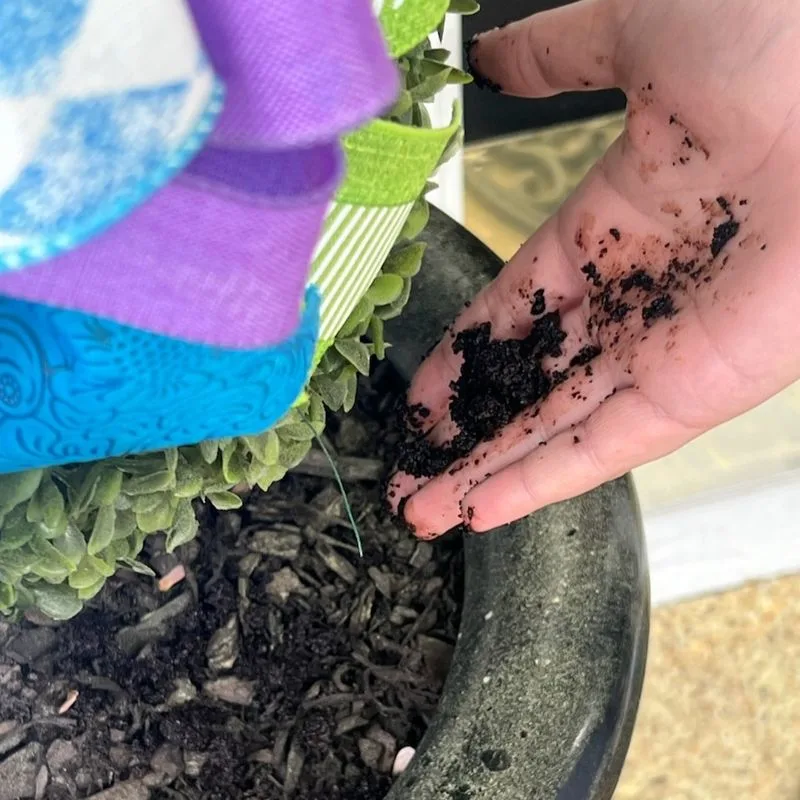
Instead of tossing out used coffee grounds, many gardeners sprinkle them around plants as a natural fertilizer. Coffee grounds add organic matter to soil, improving its structure and retention. Roses, in particular, thrive with the gentle acidity they provide.
There’s an ongoing debate about the effectiveness of this technique, yet many enthusiasts swear by it. The key lies in moderation, avoiding clumping which can hinder growth. Embrace this shortcut to enhance your garden’s vibrancy without chemical fertilizers. Mixing grounds with other organic matter ensures even distribution and maximizes benefits, making your garden flourish.
Eggshells for Pest Control
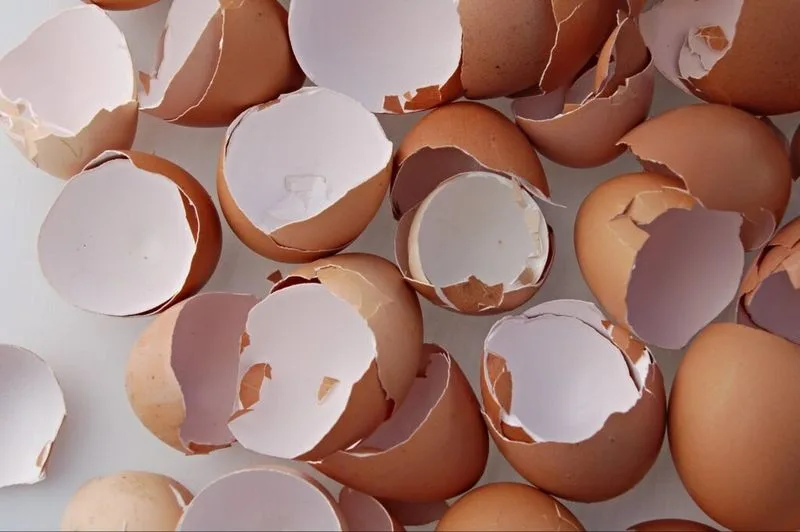
Crushed eggshells sprinkled around plants act as a deterrent for pests like slugs and snails. These sharp fragments deter unwanted visitors while decomposing to enrich the soil with calcium. Tomato plants especially benefit from this calcium boost, reducing blossom-end rot.
Gardeners have long used this method, valuing its simplicity and dual benefit. It’s essential to clean and dry shells before use, preventing odors or mold. Scatter generously around vulnerable plants for effective protection. This natural, cost-free approach maintains the delicate balance of your garden ecosystem, promoting healthy growth.
Mulching to Save Water
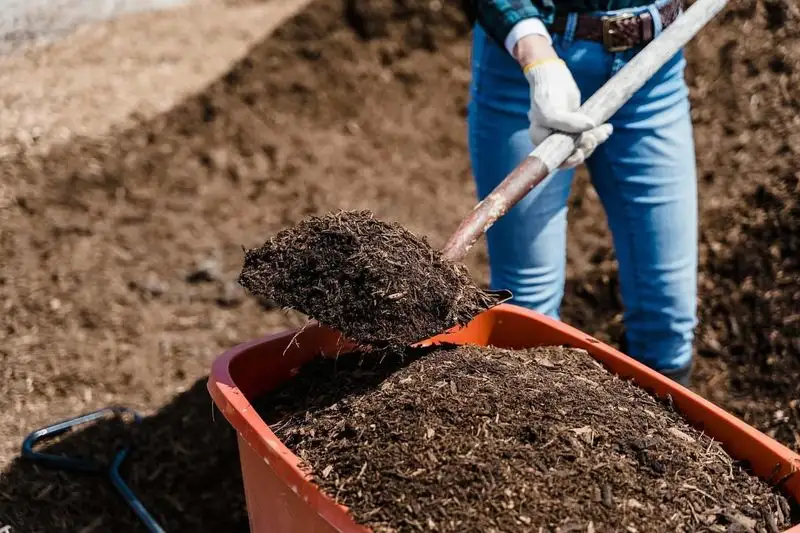
Mulching conserves water by retaining moisture in the soil, reducing the need for frequent watering. It also suppresses weeds, saving time and effort. Gardeners often use organic materials like straw or wood chips for this purpose.
This shortcut is praised for its efficiency and simplicity. A thick layer of mulch protects roots from temperature fluctuations, aiding plant health. Ensure mulch doesn’t touch plant stems to prevent rot. By implementing this technique, gardeners create a more sustainable environment, reducing waste and enhancing plant vitality without extra water use.
Companion Planting for Pest Control
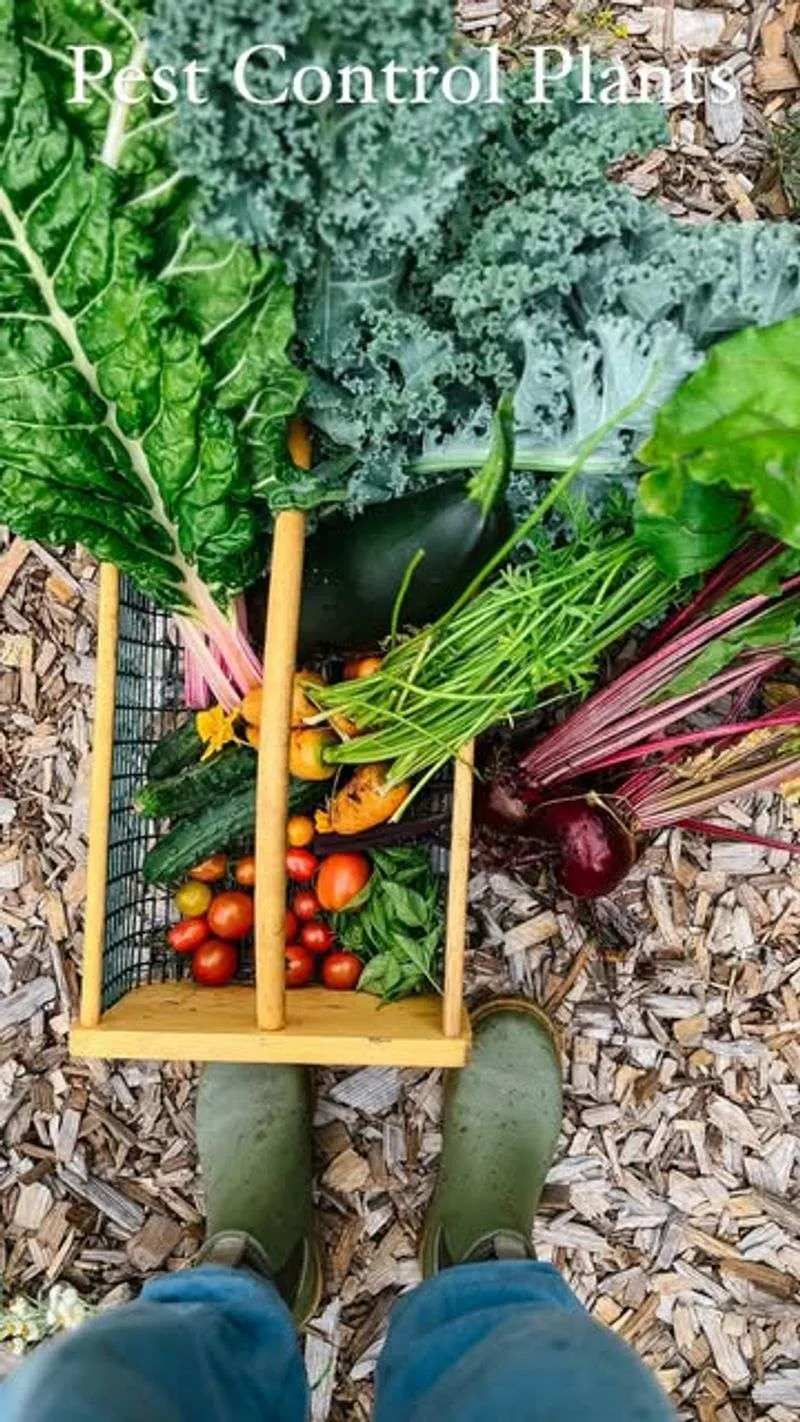
Companion planting involves growing certain plants together to deter pests and enhance growth. Marigolds, for instance, repel nematodes, while basil improves the flavor of tomatoes. This age-old method promotes biodiversity and reduces the need for chemical pesticides.
Gardeners appreciate the harmony companion planting brings to their spaces. This natural approach not only enhances plant health but also increases yield. Choose plant pairings wisely to maximize benefits, ensuring each complements the other. A garden designed with companion planting principles becomes a thriving ecosystem, full of life and balance.
Rainwater Harvesting
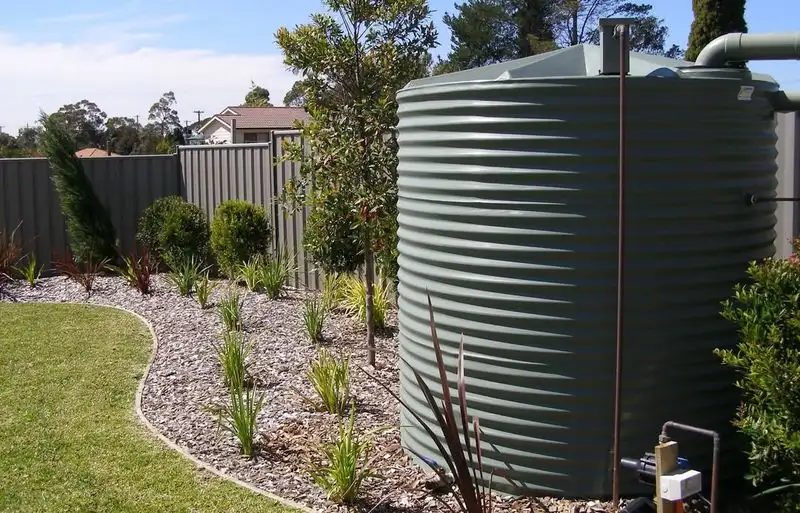
Harvesting rainwater ensures a sustainable water supply for gardens. By collecting rain in barrels, gardeners reduce dependency on municipal water and save money. This eco-friendly shortcut is particularly beneficial during dry spells.
Setting up a rainwater system requires initial effort but pays off with significant water savings. It’s essential to use clean containers and cover them to prevent mosquito breeding. This practice reflects a gardener’s commitment to sustainability. Utilizing natural resources wisely, gardeners ensure their plants have ample water without straining local supplies.
Epsom Salt for Plant Health
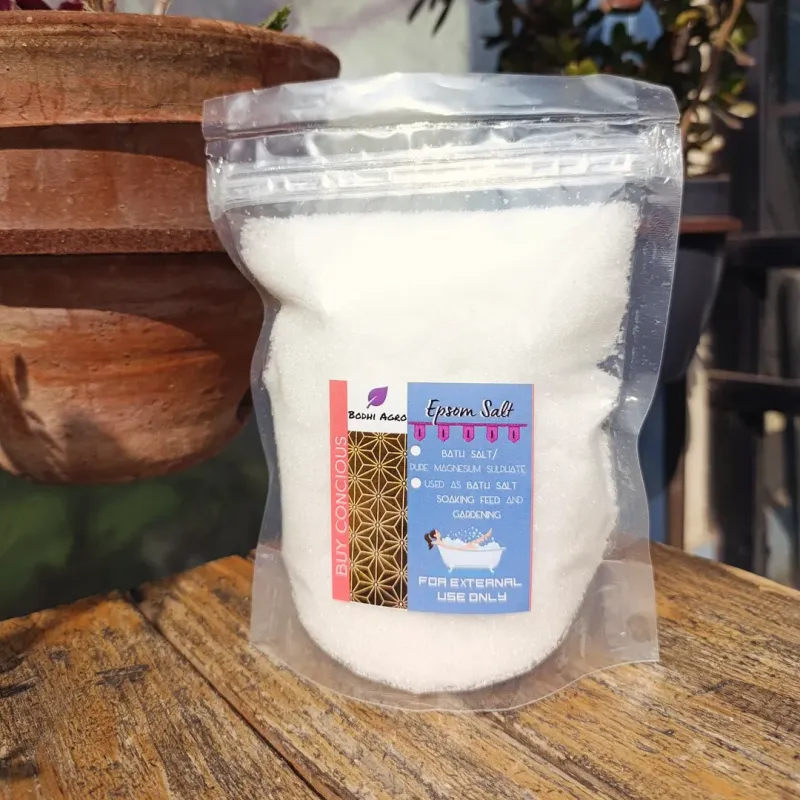
Epsom salt is often used to enhance plant health due to its magnesium content, which aids in photosynthesis. Many gardeners swear by its ability to boost plant growth, especially for tomatoes and peppers.
While its effectiveness is debated, some gardeners report greener leaves and increased yields. The key is moderation, as overuse can harm plants. Dissolve in water for easy application, ensuring even distribution. This simple, cost-effective shortcut offers potential benefits without the need for expensive fertilizers, allowing gardeners to experiment with natural solutions for healthier plants.
Newspaper as Weed Barrier
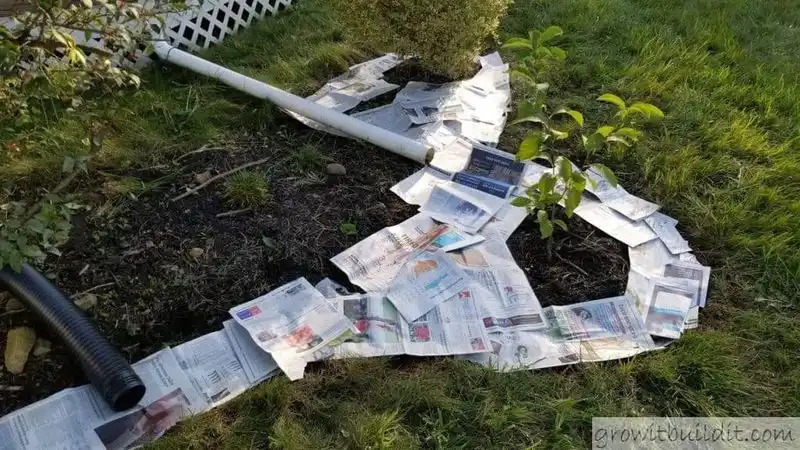
Using newspaper as a weed barrier is an effective way to prevent unwanted growth. Layers of newspaper block sunlight, hindering weed seed germination while decomposing to enrich soil.
This shortcut is both practical and eco-friendly, reusing old newspapers for garden benefits. Cover with mulch to improve aesthetics and prevent shifting. As newspapers break down, they improve soil structure, providing a win-win solution. This method exemplifies resourcefulness, turning everyday materials into valuable gardening tools while keeping weeds at bay, ensuring a cleaner, more manageable garden environment.
Cinnamon for Disease Prevention
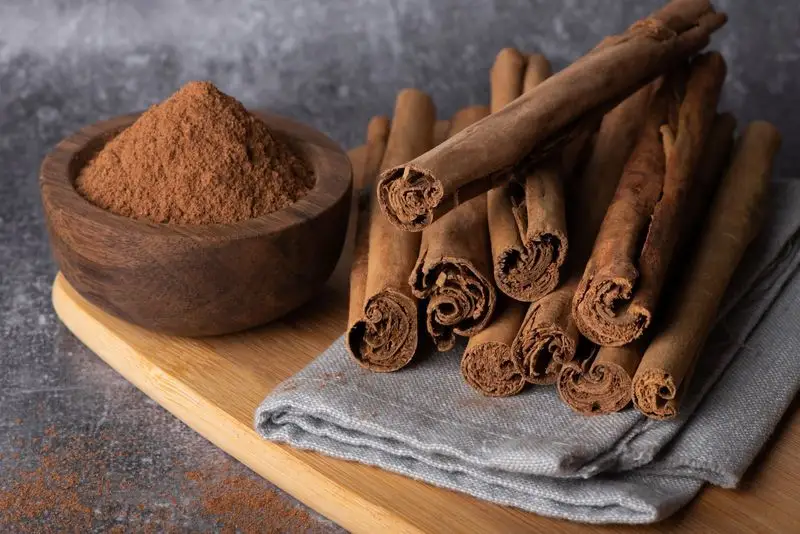
Cinnamon isn’t just a spice; it’s a natural anti-fungal that protects seedlings from damping-off disease. This common problem can devastate young plants, making cinnamon a valuable ally in preventing it.
Sprinkling a little cinnamon on seedling soil creates a hostile environment for fungi. It’s a gentle, chemical-free approach that many gardeners favor. This ensures seedlings grow strong and healthy, ready for transplantation. The aromatic spice not only safeguards plants but also adds a pleasant fragrance to the greenhouse, enhancing the gardening experience with its dual-purpose nature.
Sunlight Reflection for Warmth

Reflective surfaces can increase sunlight exposure, warming up the soil and speeding up plant growth. Aluminum foil or reflective mulch is often used to enhance light availability for plants.
This shortcut is particularly useful in cooler climates or early spring, extending growing seasons. The increased warmth stimulates growth, offering gardeners a head start. Place reflective materials strategically to maximize effectiveness. This clever trick is a testament to gardening ingenuity, utilizing simple materials to create a thriving, warm environment for early growth, pushing the boundaries of traditional gardening.
Fertilizer from Aquarium Water
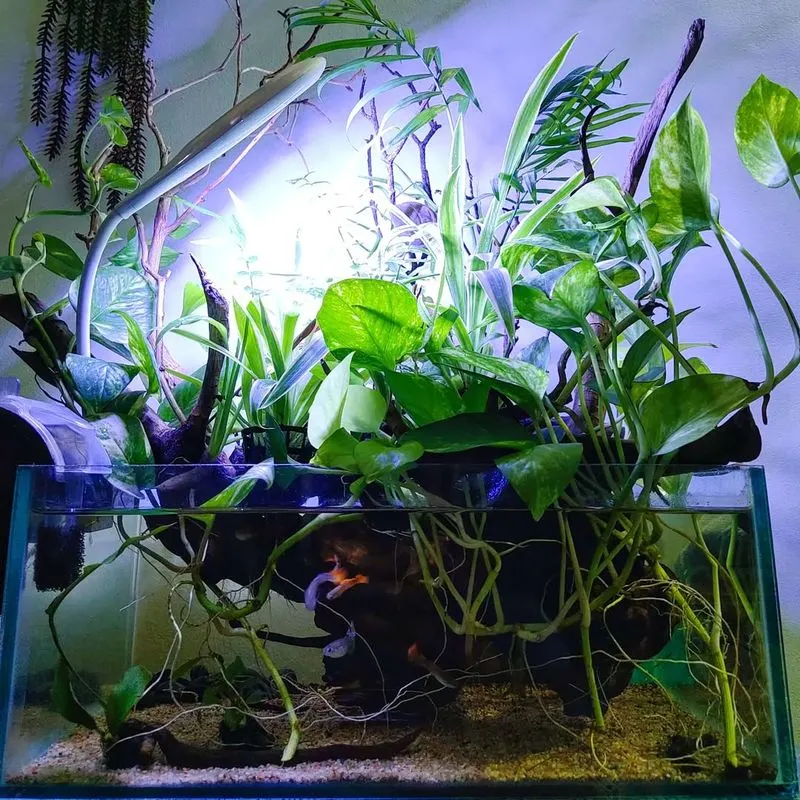
Aquarium water, rich in nutrients, acts as a natural fertilizer for plants. When changing water, using it in the garden saves resources and benefits plant health.
This shortcut offers an eco-friendly solution, reducing waste while nourishing plants. It’s particularly effective for container gardening, where nutrient replenishment is crucial. The idea showcases creativity, highlighting how simple household resources can support gardening. As fish waste enriches the water, plants receive a balanced nutrient boost, ensuring vibrant growth without synthetic fertilizers, making gardening both sustainable and innovative.
Boiling Water for Weed Control
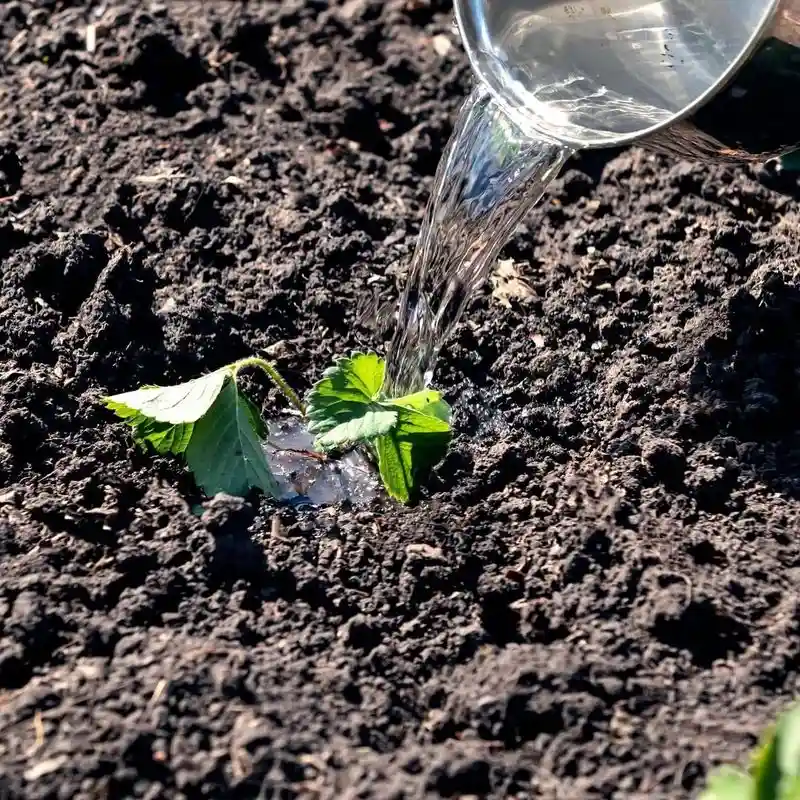
Boiling water is a simple, chemical-free method to kill weeds. Pouring it directly onto weeds causes immediate wilting, offering a quick solution.
This technique is best for small areas, avoiding harm to surrounding plants. It’s a straightforward shortcut for maintaining pathways or driveways. The method highlights a practical approach to weed management without herbicides. However, care is needed to prevent damage to desired plants. This sustainable shortcut exemplifies using everyday solutions for effective gardening, empowering gardeners to manage weeds naturally and efficiently.
Artificial Turf (Backfires)
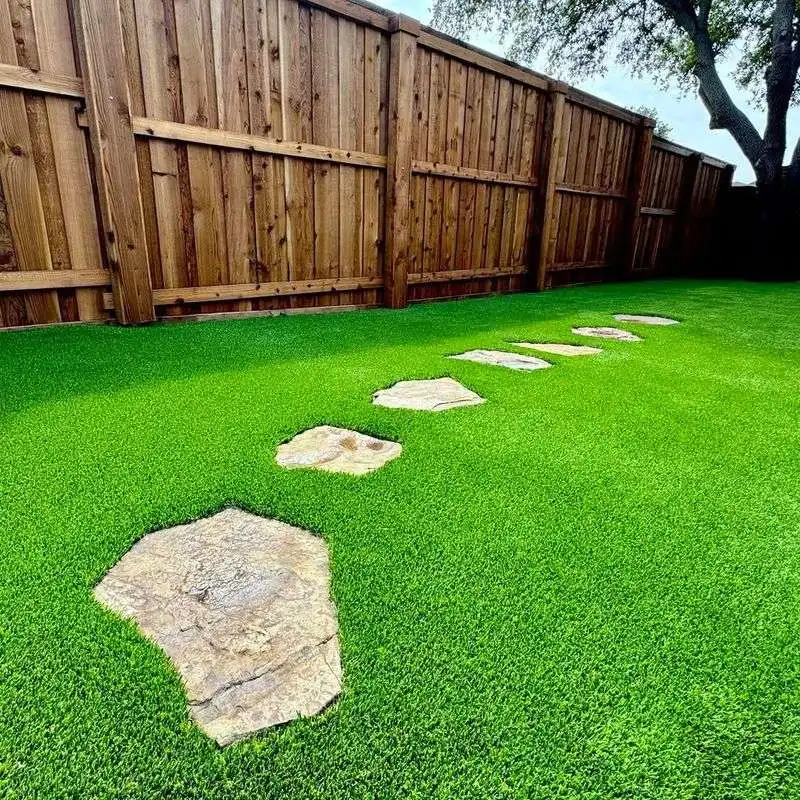
Artificial turf may promise low maintenance, but it often leads to unforeseen problems. Unlike natural grass, it doesn’t absorb rain, leading to drainage issues. Over time, it can fade and wear out, requiring replacement.
This choice may seem convenient, yet it lacks the benefits of real grass, like cooling effects and oxygen production. Many find it doesn’t live up to expectations, especially in areas with harsh sunlight. The initial allure of reduced mowing and watering is overshadowed by long-term drawbacks. This decision serves as a caution, highlighting the importance of choosing sustainable, natural options.
Chemical Weed Killers (Backfires)
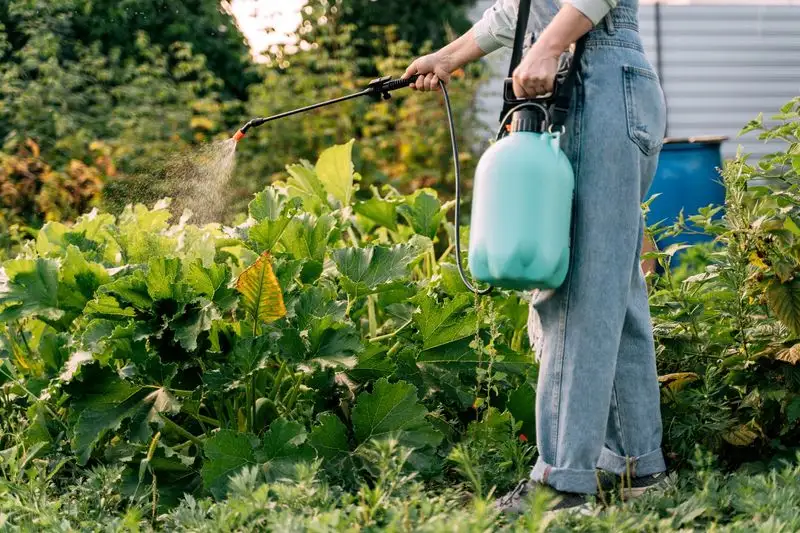
Chemical weed killers promise swift results but can harm the environment and desired plants. These substances may lead to yellowing or death of plants due to drift or misapplication.
While effective against weeds, the collateral damage often outweighs benefits. Gardeners must handle these chemicals with care, understanding risks involved. Many regret choosing quick fixes that compromise garden health. This shortcut serves as a reminder of the potential pitfalls of relying on chemicals, urging a return to natural, eco-friendly gardening practices that prioritize long-term well-being over immediate results.
Overplanting for Robust Growth (Backfires)
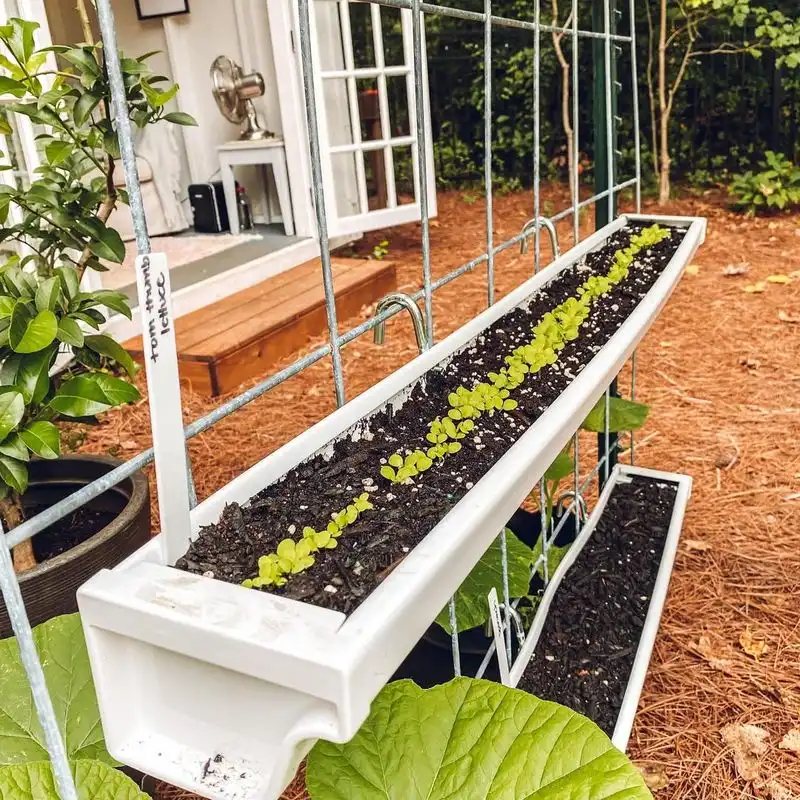
Overplanting may seem like a way to ensure vigorous growth, but it often leads to competition for resources. Plants struggle for sunlight, water, and nutrients, resulting in stunted growth.
This practice can backfire, leaving gardeners with less yield than expected. Adequate spacing is crucial for healthy development, allowing roots to spread and plants to access essential elements. Recognizing this common mistake helps gardeners avoid disappointment, emphasizing the need for careful planning. This experience illustrates the importance of quality over quantity, ensuring every plant has room to thrive without unnecessary competition.

